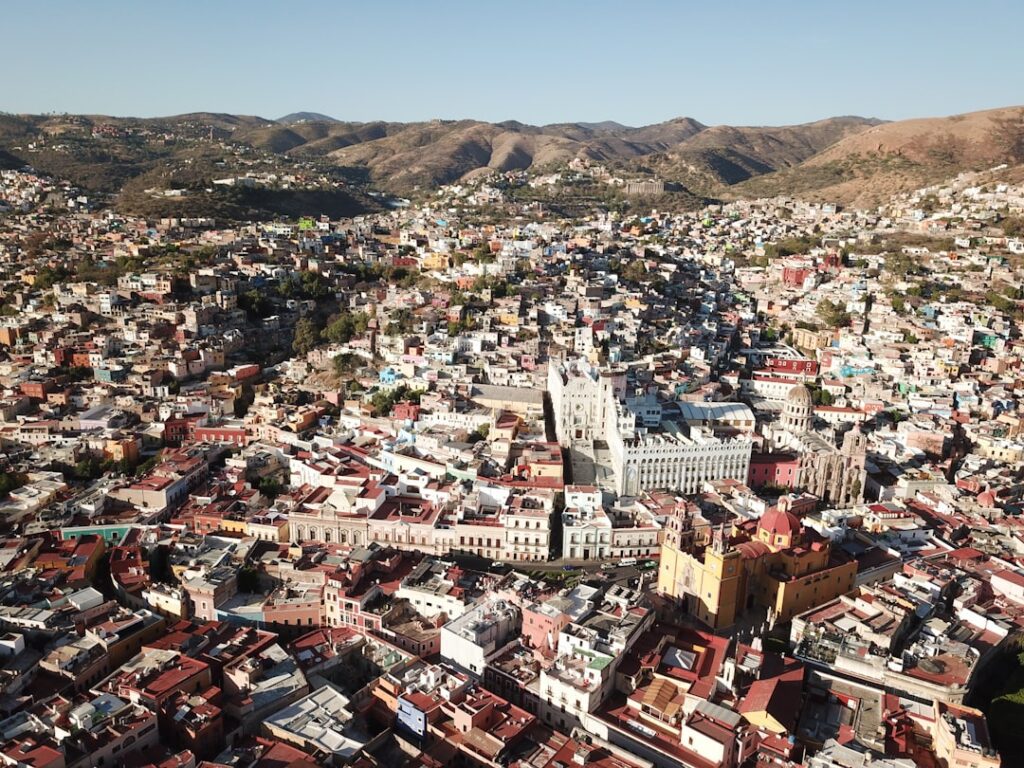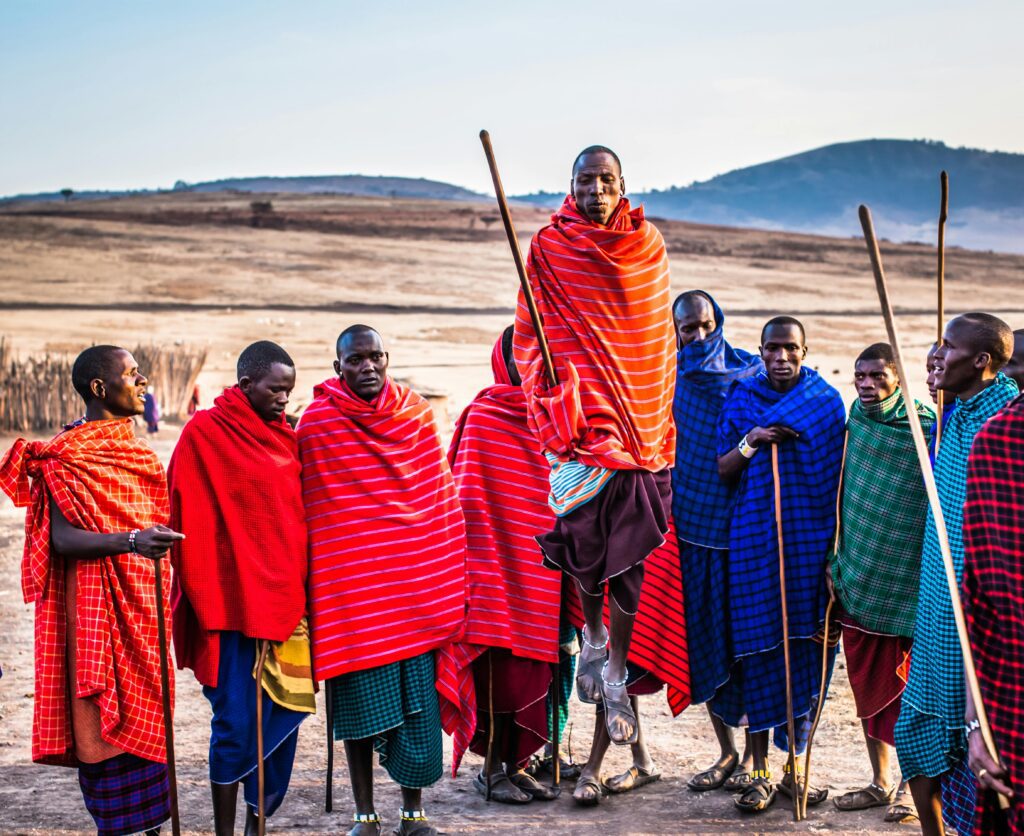The Ultimate Tarija, Bolivia Guide: Wine, Colonial Charm & Mountain Vistas
Tarija, Bolivia isn’t just a destination—it’s a sun-drenched valley where time moves to the rhythm of wine harvests. The air carries scents of blooming jacaranda and fermenting grapes, while colonial bell towers chime over cobblestone streets where locals share stories in the melodic Tarijeño accent. It’s Bolivia’s secret garden of viticulture and eternal spring.
Why Tarija, Bolivia Stands Out
Woman in brown jacket and blue denim jeans sitting on gray concrete floor d…, Tarija, Bolivia
- Historic Architecture: Casa Dorada (1886) features Baroque, Rococo, and Neoclassical elements with gold-leaf detailing, representing the city’s economic golden age.
- Cultural Scene: The Festival of the Grape and Wine each March features parades, wine battles, and the coronation of the harvest queen.
- Local Specialties: Sopa de maní (peanut soup) – a creamy, savory peanut-based soup with vegetables and meat found in local comedores.
Pro Tip: Visit during the shoulder months of April-May or September-October when vineyards are either harvesting or pruning, temperatures are perfect (18-25°C), and you’ll avoid both the rainy season crowds and festival price surges.
Map of Tarija, Bolivia
Use these interactive maps to explore Tarija, Bolivia and plan your route:
📍 View Tarija, Bolivia on OpenStreetMap
🗺️ Open Tarija, Bolivia in Google Maps
Planning Your Trip: Practical Essentials
Getting There and Around
- By Air: Capitán Oriel Lea Plaza Airport (TJA) connects via Boliviana de Avição (BoA) from La Paz, Santa Cruz, and Cochabamba. Taxis to center: 25 BOB ($3.50), 15 minutes. Book flights at Skyscanner for best deals.
- By Train: No direct passenger rail service to Tarija; nearest station is in Yacuiba (8 hours by bus). Reserve tickets at Trainline or the national railway website.
- By Car: Scenic Route 1 from Potosí (6-7 hours) with stunning mountain views. Parking readily available in central plazas (5 BOB/hour). Compare car rentals at RentalCars.com.
- Local Transport: Microbuses (2 BOB anywhere in city) or taxis (10-15 BOB within center). No transport passes needed; cash only. Check official city transport websites for passes and schedules.
Best Time to Visit
Tarija enjoys spring-like weather year-round, but timing affects wine experiences and crowd levels.
| Season | Weather | Highlights |
|---|---|---|
| Summer (Jun–Aug) | 15-25°C, dry and sunny | Vineyard tours at peak, clear mountain views, moderate crowds |
| Winter (Dec–Feb) | 10-20°C, occasional rain | Lush landscapes, lower prices, but some muddy roads to vineyards |
| Shoulder (Apr–May/Sep–Oct) | 18-26°C, perfect conditions | Harvest/pruning seasons, ideal hiking weather, fewest tourists |
Budgeting for Tarija, Bolivia
White and black mountain under blue sky during daytime, Tarija, Bolivia
| Category | Budget | Mid-range | Luxury |
|---|---|---|---|
| Accommodation | 80-150 BOB ($12-22) | 250-400 BOB ($36-58) | 600-1000 BOB ($87-145) |
| Meals | 15-30 BOB per meal | 40-80 BOB per meal | 100-150 BOB per meal |
| Transport | Microbuses: 2 BOB | Taxis: 10-20 BOB per ride | Private driver: 300 BOB/day |
| Activities | Free plaza visits, hiking | Wine tours: 100 BOB | Private vineyard experiences: 250 BOB |
| Daily Total | 120-220 BOB ($17-32) | 450-650 BOB ($65-94) | 1300-1800 BOB ($188-260) |
Top Attractions and Must-See Sights
| Attraction | Description | Hours | Entry Fee |
|---|---|---|---|
| Casa Dorada Museum | Exquisite 19th-century mansion with ornate gold-leaf interiors and regional history exhibits | 9 AM-12 PM, 3-6 PM Tue-Sat | 15 BOB |
| San Jacinto Reservoir | Serene artificial lake perfect for picnics, paddle boating, and sunset views of the valley | 8 AM-6 PM daily | Free |
| Vineyards of the Concepción Valley | Bolivia’s premier wine region producing singani and fine wines with stunning mountain backdrops | Varies by bodega | Tours: 50-150 BOB |
| Plaza Luis de Fuentes | Historic main square surrounded by colonial architecture and the beautiful Cathedral of Tarija | Always open | Free |
3-Day Itinerary: Tarija, Bolivia’s Highlights & Hidden Gems
Day 1: Colonial Heart & Culinary Discovery
- Morning: 7:30 AM guided walk through Mercado Central to see local produce and sample api morado (purple corn drink) with buñuelos (3 BOB).
- Afternoon: 12 PM architecture tour of Casa Dorada (15 BOB) followed by lunch at El Fogón de Gringo for saice tarijeño (spicy minced meat stew) at 35 BOB.
- Evening: 6 PM sunset at Mirador Loma de San Juan for panoramic city views, then dinner at La Taberna Gattopardo for Italian-Bolivian fusion (pasta with local herbs, 65 BOB).
Day 2: Wine Country Immersion
- Morning: 8:30 AM vineyard tour at Campos de Solana (100 BOB) – learn about singani production and taste 5 varieties including the rare Moscatel de Alejandría.
- Afternoon: 1 PM lunch at Casa Vieja restaurant at Kohlberg Winery (set menu 80 BOB) featuring wine-paired regional dishes with vineyard views.
- Evening: 6 PM wine tasting at La Casona del Molino (40 BOB for 3 glasses) in a restored 18th-century mill with live folk music on weekends.
Day 3: Natural Wonders & Local Culture
- Morning: Shared taxi (15 BOB/person) to San Jacinto Reservoir for morning hiking and paddle boating (boat rental 20 BOB/30 minutes).
- Afternoon: 1 PM traditional cooking class at Sabor Tarijeño (120 BOB) learning to make sopa de maní and picante de pollo, then enjoy your creations for lunch.
- Evening: Final paseo (evening stroll) around Plaza Luis de Fuentes, joining locals for ice cream from Heladería Palacio (5 BOB/scoop) and people-watching.
Cultural Insights & Etiquette
- Language: Spanish with distinctive Tarijeño accent; learn “¿Cómo está la cosa?” (local greeting) and “A la pinta” (everything’s perfect)
- Customs: Afternoon siesta (2-4 PM) still observed; greet shopkeepers when entering establishments; always use “usted” with elders
- Tipping: 10% in restaurants only if service charge not included; round up taxi fares; small change to tour guides
- Dress Code: Casual but modest; bring layers for changing temperatures; smart casual for better restaurants
- Business Hours: Shops 9 AM-12 PM, 3-7 PM; banks 9 AM-4 PM; most museums closed Mondays
Where to Eat: Tarija, Bolivia’s Best Bites
Tarija’s cuisine blends highland and valley traditions with Spanish influences, featuring fresh produce from the fertile valley and unique wine-based dishes.
Must-Try Local Specialties
- Sopa de Maní: Creamy peanut soup with potatoes, vegetables, and sometimes chicken; best at Comedor Doña Nelly near the market (12 BOB)
- Ranga Ranga: Spicy tripe stew with potatoes and locoto peppers; authentic versions at Rincon Chapaco (28 BOB)
- Chancho a la Cruz: Whole roasted pork cooked over open fire; weekend specialty at El Rincón del Pescado (45 BOB) despite the name
Restaurant Recommendations by Budget
| Type | Restaurant | Specialty | Price Range |
|---|---|---|---|
| Budget | Mercado Central food stalls | Fresh juices, empanadas, and set lunches | 8-20 BOB |
| Mid-range | La Floresta (Av. Las Américas) | Grilled meats and local wine selection | 40-80 BOB |
| Fine dining | Patio de la Casa Vieja (Kohlberg Winery) | Wine-paired tasting menus with valley views | 120-180 BOB |
Where to Stay
Accommodation ranges from historic center hostels to vineyard lodgings. The compact city center makes most attractions walkable. Compare prices and book at Booking.com or Airbnb for apartments.
Best Neighborhoods for Accommodation
- Centro Histórico: Walking distance to all main attractions, vibrant but can be noisy at night; ideal for first-time visitors
- Alto España: Residential area with beautiful views, quieter atmosphere, 15-minute walk to center; perfect for families
- Vineyard Stays: Rural settings outside city (requires transport), immersive wine experience; best for romantic getaways
A black and white photo of a building, Tarija, Bolivia
FAQs: Your Tarija, Bolivia Questions Answered
1. Is Tarija, Bolivia safe at night?
Yes, Tarija is one of Bolivia’s safest cities. The central plazas remain active until late with families socializing. Standard precautions apply: avoid poorly lit areas, don’t flash valuables, and use registered taxis after 10 PM.
2. What currency is used and are credit cards accepted?
Bolivian Boliviano (BOB) is the currency. Credit cards accepted at hotels and upscale restaurants, but carry cash for markets, taxis, and smaller establishments. ATMs available throughout center.
3. How do I get from the airport to the city center?
Taxis wait outside arrivals (25 BOB, 15 minutes). No public bus service from airport. Pre-book through your hotel or. Book airport transfers at GetYourGuide for convenience.
4. Do I need to speak the local language?
Basic Spanish greatly enhances your experience. While younger people and tourism workers may know some English, learning key phrases like “por favor” (please) and “cuánto cuesta” (how much) is recommended.
5. What’s the appropriate dress code?
Casual and comfortable for daytime, with layers for changing temperatures. Bring a jacket for cool evenings. Modest dress recommended for church visits. Smart casual for nicer restaurants.
Final Thoughts: Tarija, Bolivia Awaits
Tarija offers what many travelers seek but rarely find: authentic culture untouched by mass tourism, world-class wine experiences at fraction of neighboring countries’ prices, and perfect climate year-round. Its combination of colonial beauty, viticultural heritage, and genuine warmth from locals creates an experience that stays with you long after the singani bottles are empty. Come for the wine, stay for the slower pace of life that reminds us why we travel in the first place.
Keywords
Tarija, Bolivia travel guide, Tarija, Bolivia attractions, things to do in Tarija, Bolivia, Tarija, Bolivia itinerary, Tarija, Bolivia restaurants, Tarija, Bolivia hotels, visit Tarija, Bolivia, Tarija, Bolivia tourism, Tarija, Bolivia vacation, Tarija, Bolivia trip planning






